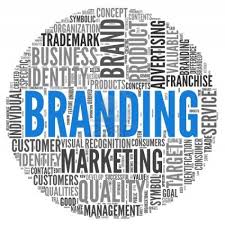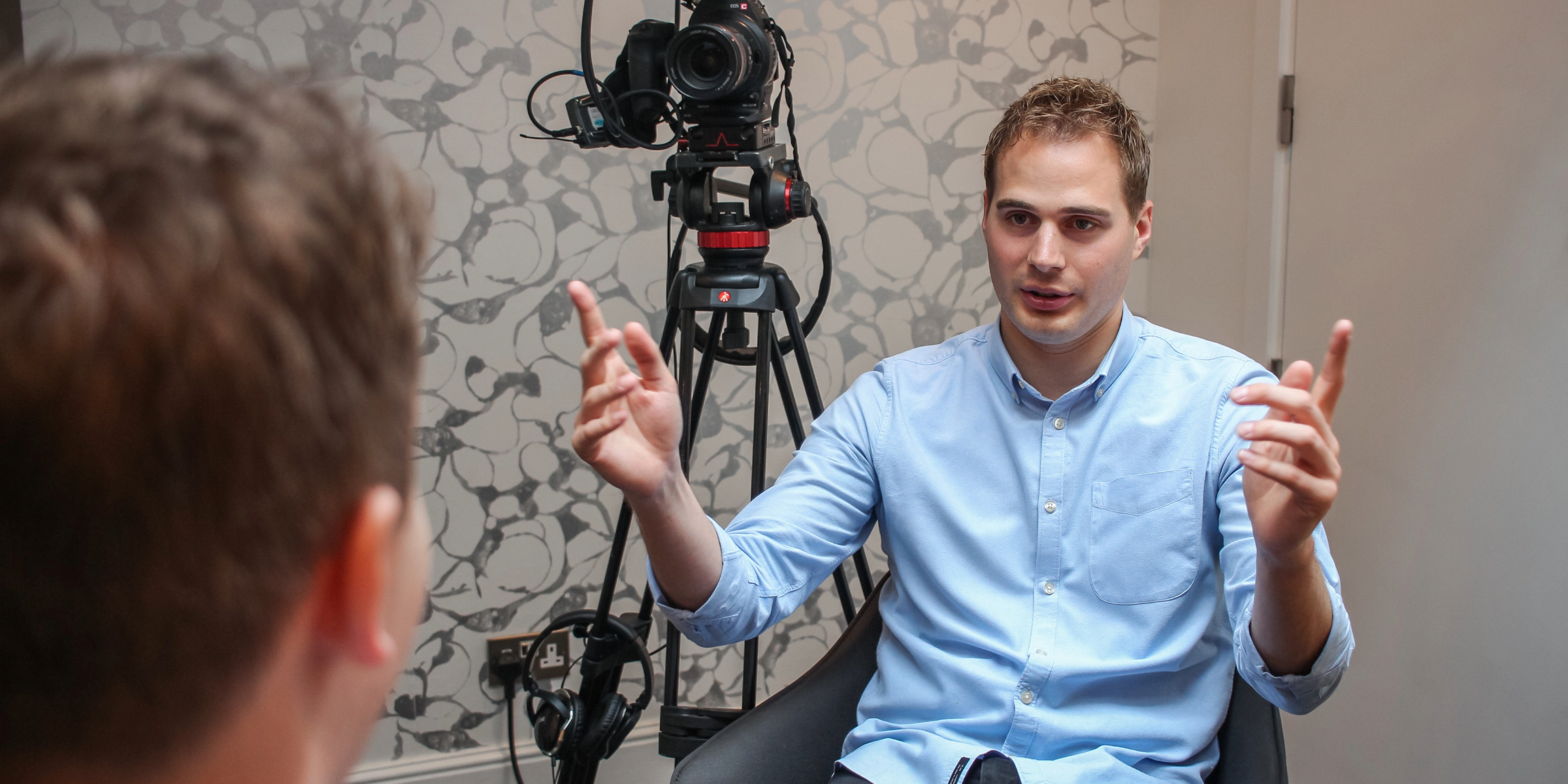By Keren Haynes
Broadcast PR is a funny old game when it comes to branding. Obviously clients want to see a return on their money and for many that means as much branding as they can possibly get away with in a single TV or radio interview. But I would counsel that a more strategic approach is preferable – and in the long run more profitable for a brand too.
Firstly, a company or organisation shouldn’t look at a radio day, or a television news interview as a one-off. The way to most benefit from broadcast PR is for there to be an on-going programme of opportunities. If however, you over-brand on the first go, you will be black-listed, never to darken the door of the broadcaster’s studio again.
In our books, a single mention of a company or organisation’s name or brand, is good. Two is a success and three a monumental success. Any more than this is too much. On TV you might substitute a mention for a visual such as a logo, or an aston on screen that gives a spokesperson’s name and underneath it says the company they represent.
It matters because every broadcaster has to answer to a higher authority; the BBC, as a non-commercial organisation, funded by license payers, must follow its own Producer Guidelines. Commercial broadcasters, meanwhile, have to satisfy their own advertisers, who won’t take kindly to seeing brands getting free air-time. Then there’s Ofcom’s Broadcasting Code that demands there is a distinction between editorial control and advertising.
But it’s not just the broadcasters who object to over-branding: customers get brand weary too. Excessive branding is a switch-off. For the same reasons that make us put the kettle on during the ad break – or fast forward the ads on play-on-demand – our brains disconnect when the pressure of being sold to becomes too much.
Branding has got to be effective and when it comes to broadcast PR it must be used subtly. Generally this means dropping in a name or a brand in a relevant fashion. For example, a spokesperson talking about a research story on radio might say: “The most significant thing to come from the research, commissioned by XX brand, is that 2 out of 3 of us will today….”.
Widening the theme beyond a single brand also lessens the commercial sting – you may be promoting a wearable fitness device for example, but a brand mention is much more palatable if it’s within the context of a conversation about health.
Visual branding is trickier. In a previous career as a broadcast journalist, I’ve made spokespeople change a branded shirt or hat because it’s too much like a “plug”. Most TV interviews are shot as head and shoulders – so a logo on a T-shirt collar can work but a logo that extends the length of a torso is never going to be shown in its entirety. That said more leniency is given to coverage of sports and film events such as premiers.
Obviously the best branding comes about when the brand IS the story. Check out this video we produced for Mini – the video was about Mini’s new rally driver and the branding was positively blatant. Watch video here.
With a broader story, branding needs to be more subtle. For example, a video showing how to cook a recipe using gluten free cornflakes might include a box of the cereal in the background – but you couldn’t show the cornflakes being poured out from the branded packaging.
Television is probably the strictest medium when it comes to branding, radio will let you get away with 2 or 3 mentions and online is probably the most relaxed – but even websites are beginning to move more in line with their counterparts.
If in doubt then less is more.
(Do you have concerns about branding? Are you not sure how much is too much? Feel free to give us a call to discuss your next campaign on 020 7240 7373. Or email keren@shoutcommunications.co.uk).



